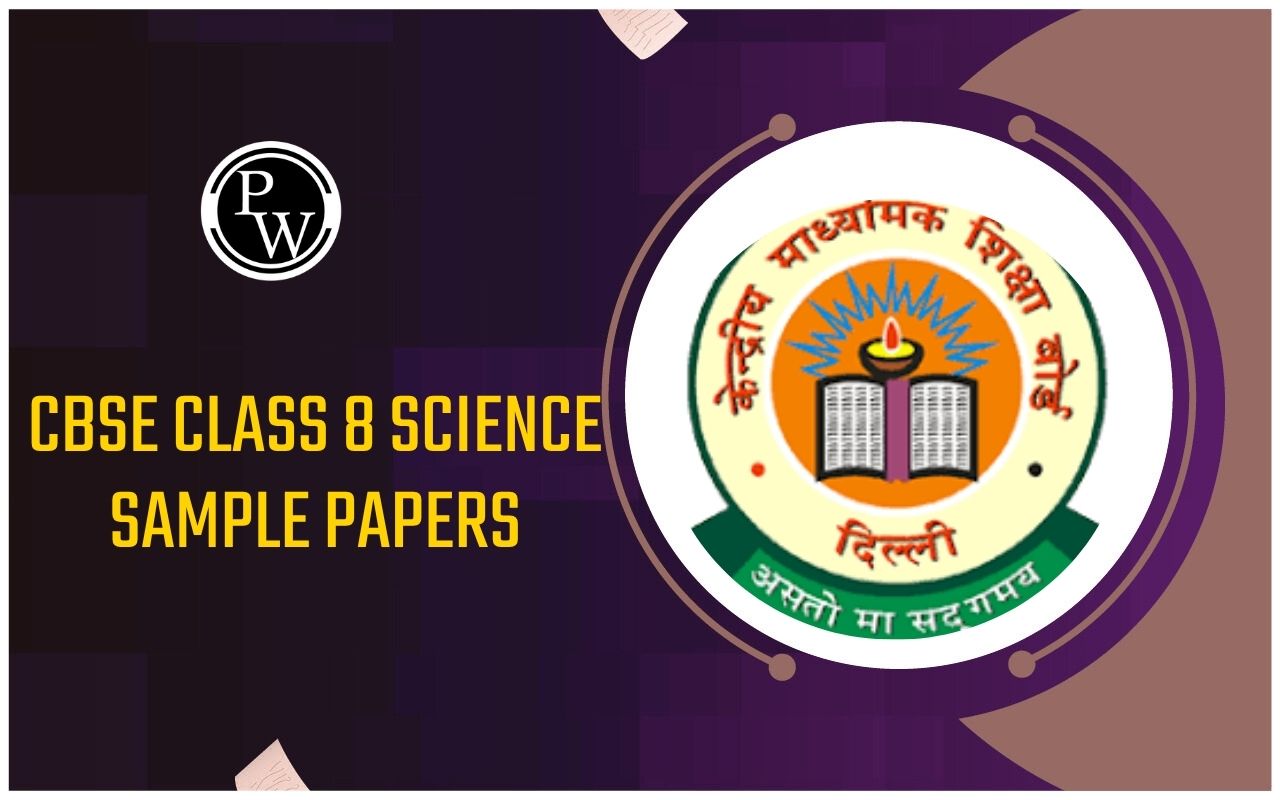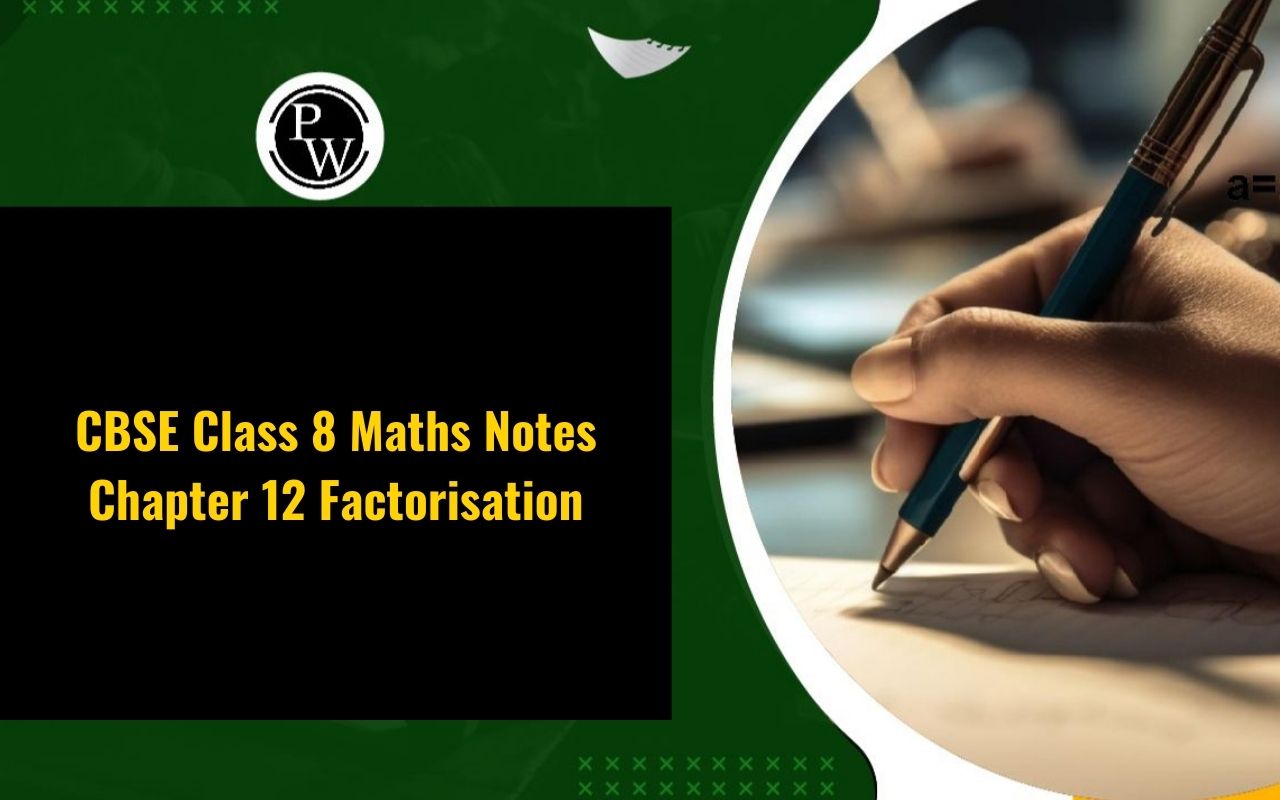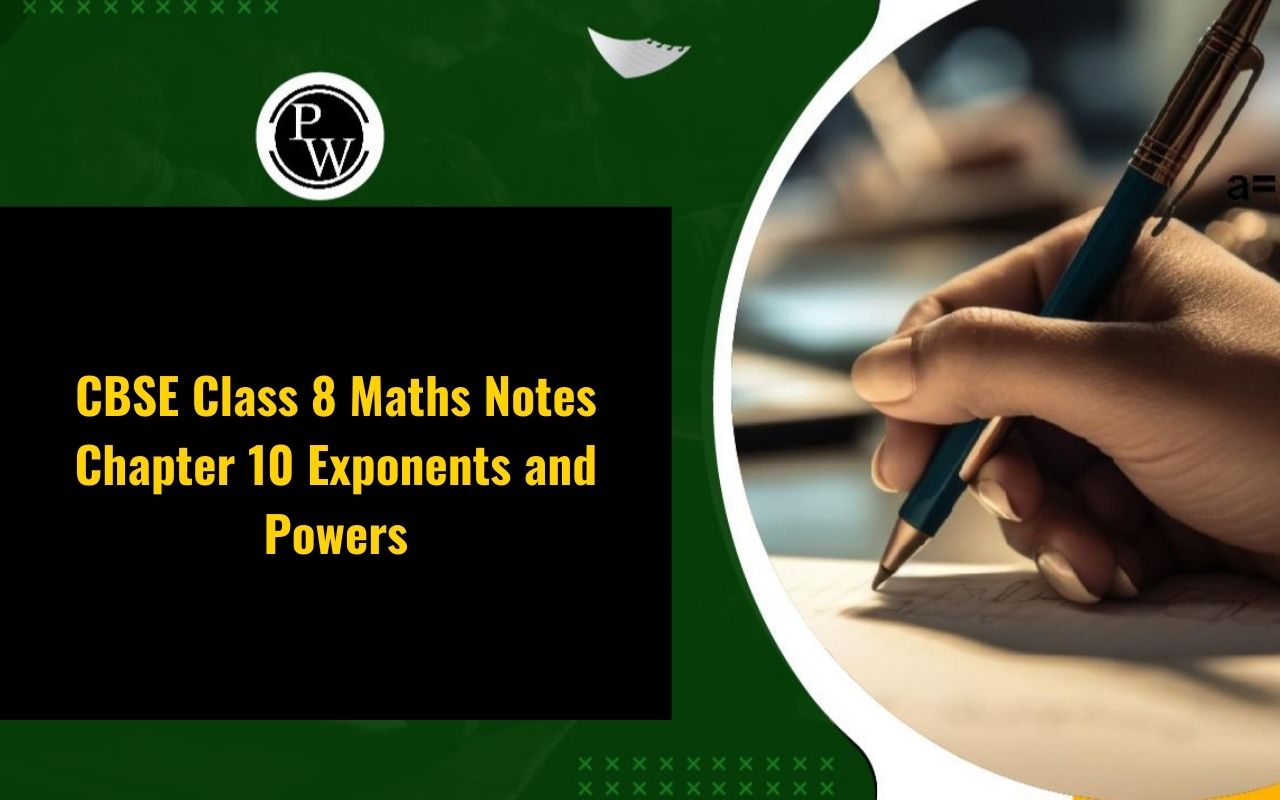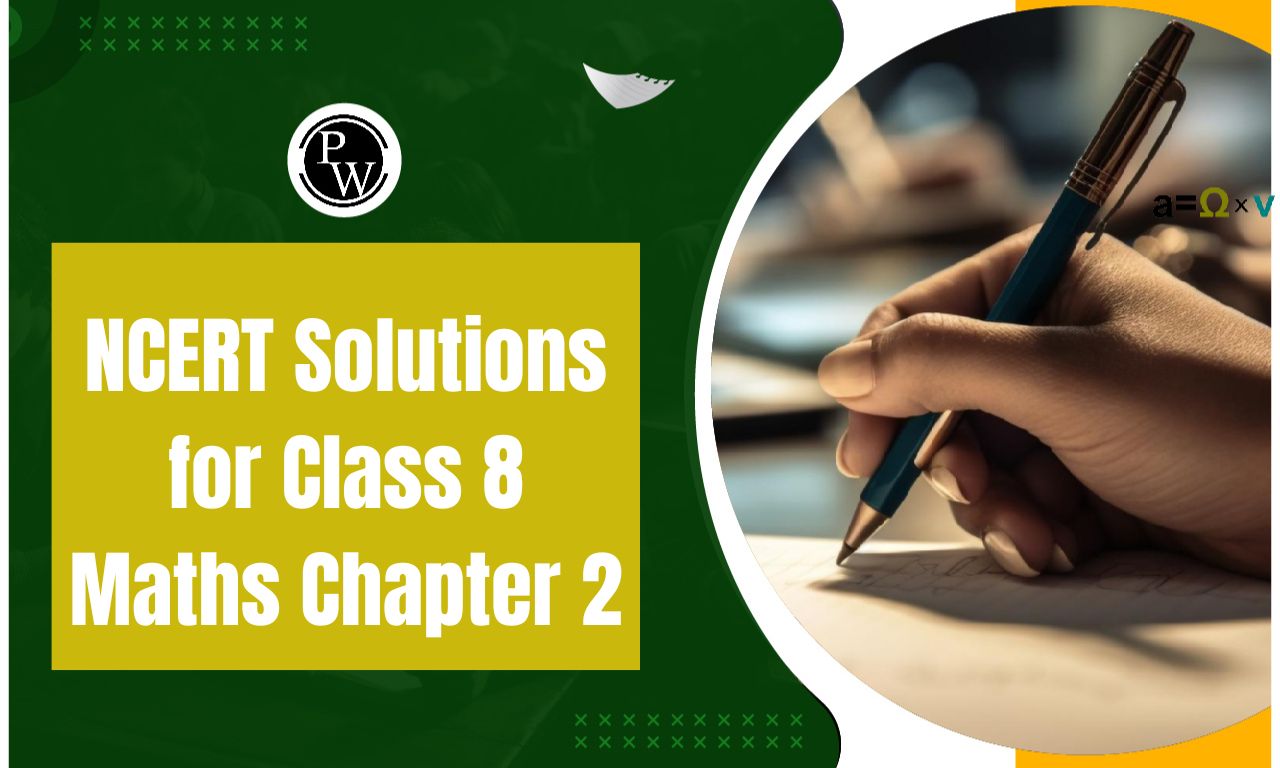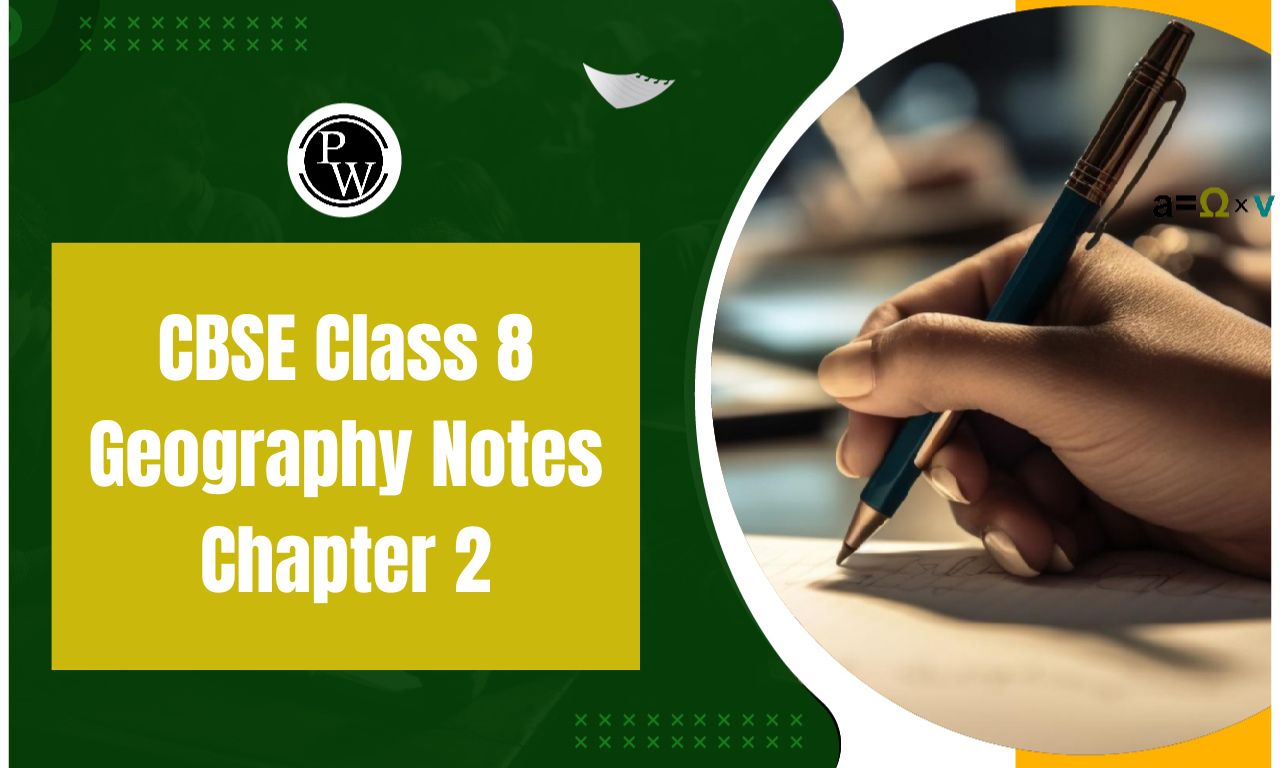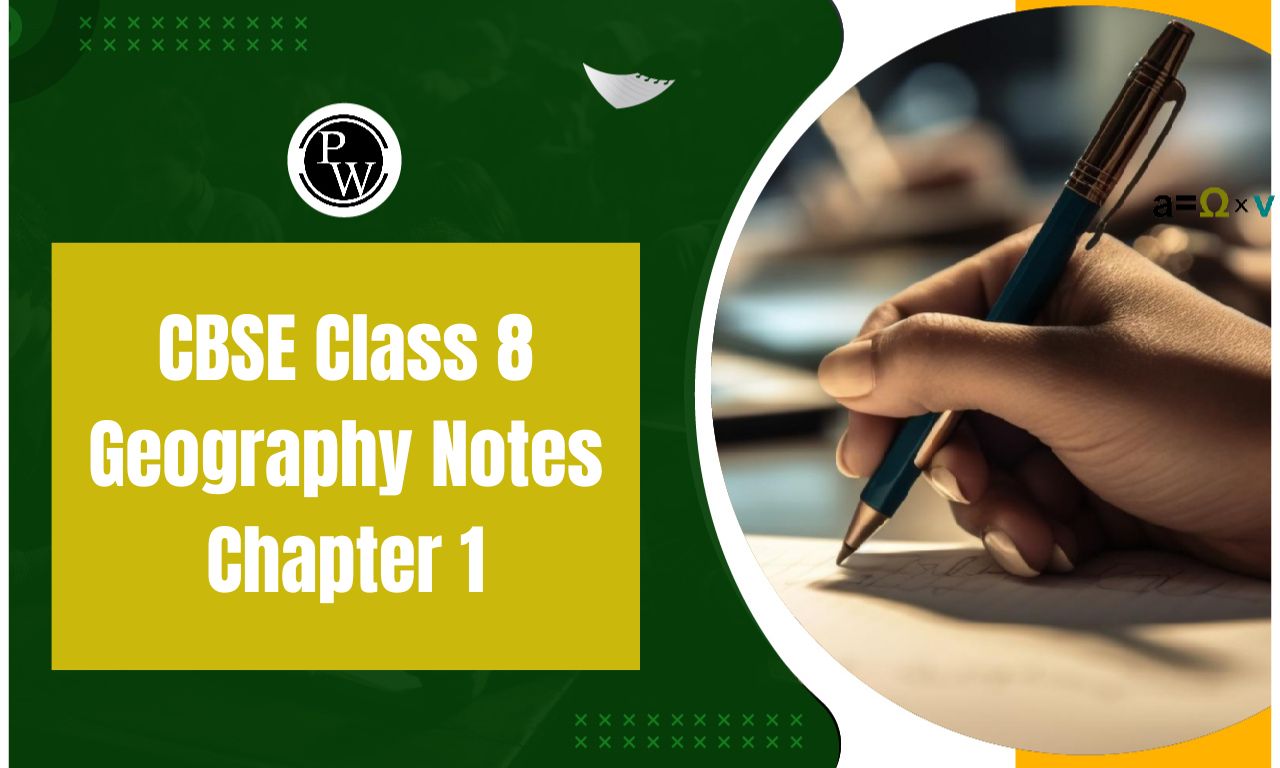
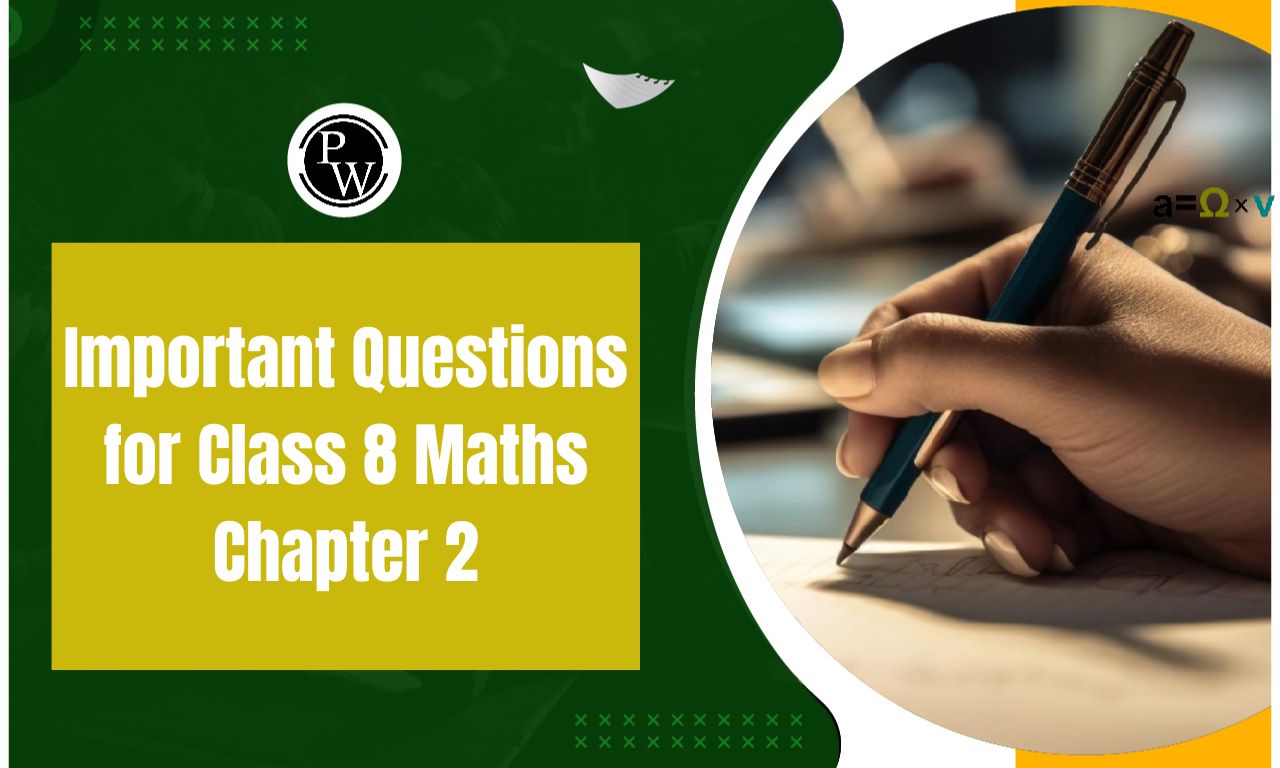
Important Questions for Class 8 Maths Chapter 2: Chapter 2 of Class 8 Maths, Linear Equations in One Variable , introduces students to solving equations with one unknown variable. Key topics include understanding the concept of linear equations, simplifying and balancing equations, and solving real-life problems. Important questions often involve applications like age problems, number problems, and practical scenarios in geometry and commerce. Students should focus on identifying like terms, transposing values across the equals sign, and simplifying expressions.
Word problems and questions requiring interpretation of statements into equations are vital for practice. Mastery of this chapter lays a strong foundation for algebraic concepts in higher classes.Important Questions for Class 8 Maths Chapter 2 Overview
Chapter 2 of Class 8 Maths, Linear Equations in One Variable, is crucial for developing problem-solving and analytical skills. The chapter introduces equations with one variable, emphasizing their applications in real-life scenarios. Important questions include solving equations, interpreting word problems, and applying equations to age, number, and geometry-related problems. These questions help students build logical reasoning and critical thinking, preparing them for advanced algebraic concepts in higher grades. Practicing these problems enhances precision and boosts confidence in tackling mathematical challenges. This chapter is foundational, as its principles are extensively used in physics, economics, and other higher-level mathematical applications.Important Questions for Class 8 Maths Chapter 2 PDF
Chapter 2 of Class 8 Maths, Linear Equations in One Variable, focuses on solving equations and applying them to real-life problems. Below is the PDF containing important questions from this chapter, including age, number, and geometry-based problems, designed to enhance conceptual understanding and problem-solving skills.Important Questions for Class 8 Maths Chapter 2 PDF
Important Questions for Class 8 Maths Chapter 2 Linear Equations in One Variable
Below is the Important Questions for Class 8 Maths Chapter 2 Linear Equations in One Variable - Question 1: The perimeter of a rectangular swimming pool is 154m. Its length is 2m, more than twice its breadth. What is the length and the breadth of the pool? Answer 1: Let the breadth of the swimming pool be x m. The length of the swimming pool will be = (2x + 2) m. Perimeter of swimming pool:- 2 (l + b) =154 2 (2x + 2 + x)=154 2 (3x + 2)=154 ∴Dividing both sides by 2, we obtain (3x + 2)=77 On transporting two on the R.H.S., we get 3x = 77 – 2 3x = 75 x= 75/3 x= 25 m Hence, the breadth of the swimming pool is x= 25m The length of the swimming pool will be= (2x + 2) m. =(2 х 25 + 2) m =(50 + 2) m =52 m Thus, the length of the swimming pool is 52m, and the breadth of the swimming pool is 25m. Question 2: What is the share of A when Rs 25 are divided between A and B so that A gets Rs 8 more than B is 16.5? Answer 2: Let the share of B be x. Let the share of A be (x + 8). From this, we get, x + x + 8 = 25 2x = 25 – 8 2x= 17 x = 17/2 x = 8.5 Therefore, A’s share will be 8.5. Question 3: Find three consecutive odd numbers whose sum is 147. Answer 3: Let the first, second, and third consecutive odd numbers be (2x +1),(2x + 3) and (2x + 5), respectively. Hence the sum of the consecutive odd numbers is (2x + 1) + (2x + 3) + (2x + 5)= 147. On further simplifying, we get 2x + 2x + 2x + 1 + 3 + 5=147 6x + 9= 147. On rearranging, we obtain 6x= 147 – 9 6x= 138 X= 138/6=23, So the three consecutive odd numbers are (2x + 1)= 47 (2x + 3)= 49 (2x + 5)= 51. Question 4: Ram’s father is 26 years younger than Ram’s grandfather and 29 years older than Ram. The sum of the ages of all three is 135 years. What is the age of each one of them? Answer 4: Let Ram’s present age be x years Rams father’s present age is = (x + 29) years Rams grandfather’s present age =(x + 29 + 26) years The sum of all three ages adds up to 135 years Hence, x + (x + 29) + (x + 29 + 26)= 135 x + x + x + 29 + 29 + 26 =135 3x + 84= 135 3x = 135-84 3x = 51 x= 51/3 x= 17 Hence, Ram’s present age is x=17 years Ram’s father’s present age =(x + 29) =(17 + 29) =46 years Ram’s grandfather’s age =(x + 29 + 26) =(17 + 29 + 26)= 72 years Question 5: If 8x – 3 +17x, then x ________.- is a fraction
- is an integer
- is a rational number
- cannot be solved
Benefits of Using Important Questions for Class 8 Maths Chapter 2
Here are the benefits of using important questions for Class 8 Maths Chapter 2: Linear Equations in One Variable:1. Strengthens Conceptual Understanding
Important questions focus on key concepts like solving equations, verifying solutions, and framing equations. Practicing these helps students grasp the underlying principles effectively.2. Improves Problem-Solving Skills
Exposure to a variety of problems enhances problem-solving techniques, including simplification, transposition, and substitution.3. Prepares for Exams
These questions often align with exam patterns, covering frequently asked types of problems. Practicing them boosts confidence in tackling similar questions during exams.4. Encourages Analytical Thinking
Linear equations require logical reasoning and analytical thinking. Solving important questions helps students develop these critical skills.5. Time Management
Practicing these questions improves speed and accuracy, enabling students to manage their time better during exams.Important Questions for Class 8 Maths Chapter 2 FAQs
How to introduce linear equations in one variable?
What is the general form of a linear equation in one variable?
Can a linear equation in one variable have no solution?
What are the real life uses of linear equations?

